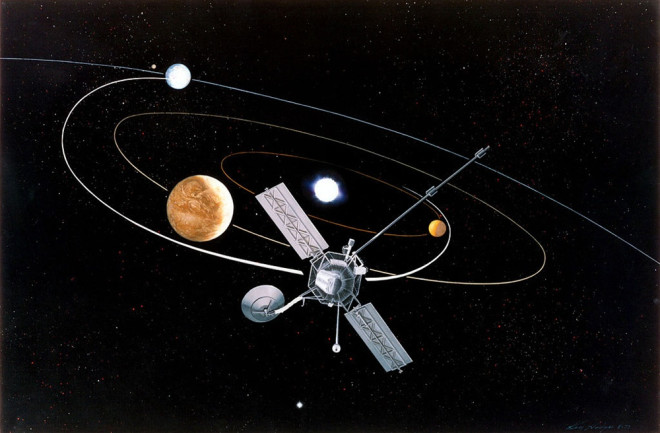The Mariner 10 spacecraft experienced several problems, but nonetheless accomplished its goals, thanks to a smart mission team and some quick fixes. (Credit: NASA) A tiny problem can have huge consequences for a space mission. Sometimes a huge endeavor hinges on the smallest detail — three seconds’ worth of fuel, an engineer’s stubbornness, a speck of paint, or a 1.3-millimeter calibration. When surprise glitches revealed themselves after launch, it took massive efforts to save the missions that gave us a closer look at Mercury, a tour of the outer solar system, our only glimpse of Titan’s surface, and an incredible view of the early universe. But even with hundreds of people putting in months of work, a few of these missions only succeeded by a razor-thin margin.
Close Calls Nearly Doomed These Space Missions

Newsletter
Sign up for our email newsletter for the latest science news
0 free articles left
Want More? Get unlimited access for as low as $1.99/month
Stay Curious
Sign up for our weekly newsletter and unlock one more article for free.
View our Privacy Policy
Want more?
Keep reading for as low as $1.99!
Already a subscriber?
Find my Subscription
More From Discover
Stay Curious
Subscribe
To The Magazine
Save up to 40% off the cover price when you subscribe to Discover magazine.
Copyright © 2025 LabX Media Group
